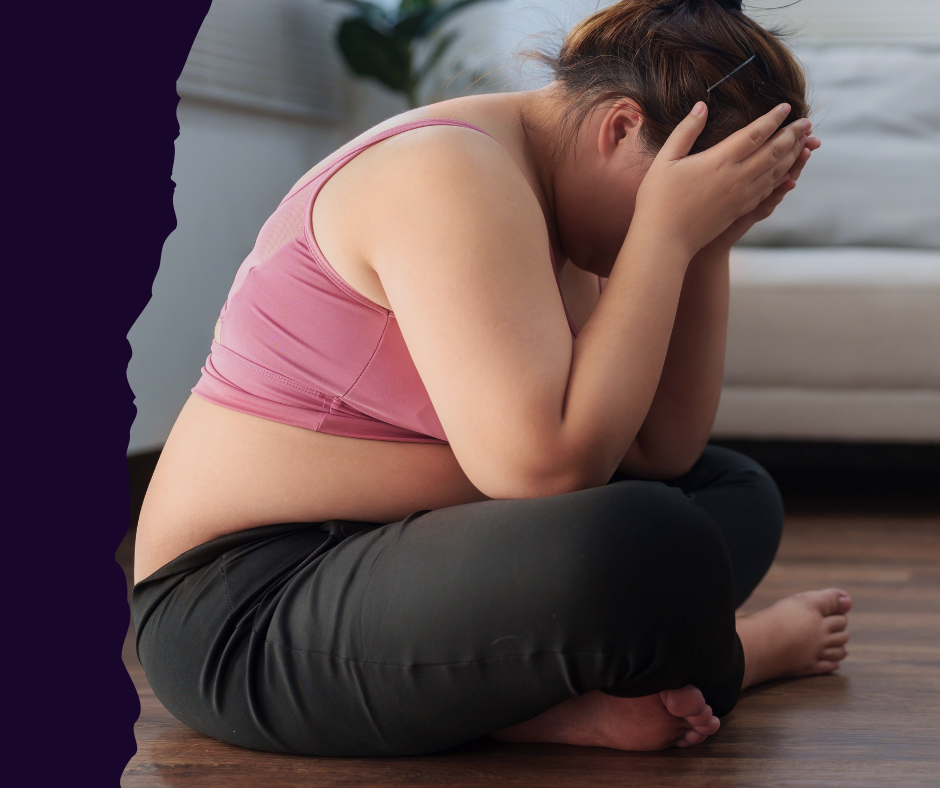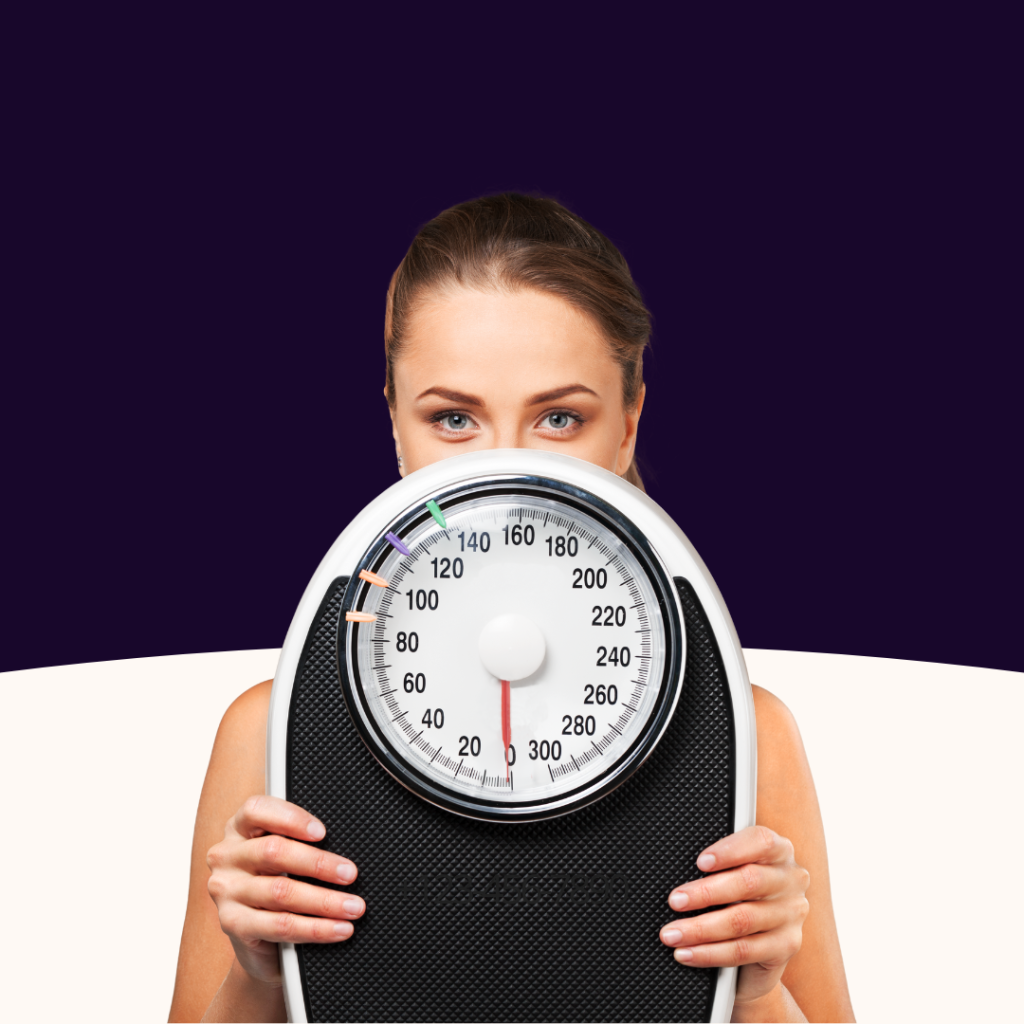It feels like betrayal:
“If I’m doing everything right, why isn’t my body cooperating?” The truth is, most conventional weight loss advice is written for men — and it ignores the unique physiology of women.
Weight loss isn’t just math. It’s biology, chemistry, and nervous system safety. Imagine trying to drive with one foot on the gas and one on the brake.
That’s what many women’s bodies are doing — pressing hard on “fat burning,” while their stress hormones slam the brakes because the body doesn’t feel safe.



